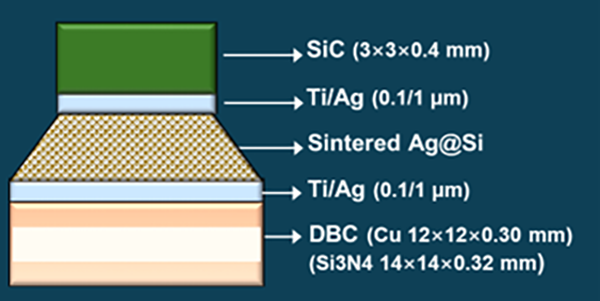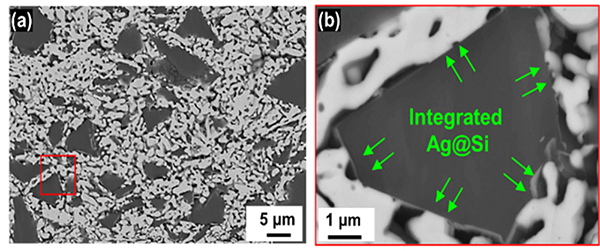MANA International Symposium 2025
Semiconductor Materials - 13
Abstract
Due to its thermodynamic and electrochemical instability, pure sintered Ag readily suffers structural degradation during service. To mitigate this drawback, Si is incorporated into the Ag matrix, owing to its negligible solubility with Ag and inherent electrochemical stability. Under sintering, Si phases establish a robust interface with Ag through slight diffusion, while resisting Ag migration driven by thermal or electrical stresses. As a result, Ag–Si composite joints show outstanding resistance to both thermal coarsening and electrochemical migration (ECM). Their structural durability greatly surpasses that of pure Ag and other Ag–metal joints. This improvement stems from the formation of a robust Ag–Si framework that sustains the migration-blocking effect. During sintering, released Ag nanoparticles interact with the native SiO2 on Si, promoting Ag neck growth with slight diffusion at the SiO2/Ag interface. After thermal aging, pure sintered Ag showed severe strength loss and grain coarsening, whereas the Ag-Si joint preserved both satisfied bonding strength and fine grains similar to its intial structure.


Reference
- D. Kim, Materials Characterization 198, 112758 (2023). DOI: 10.1016/j.matchar.2023.112758
- H. Jiang, IEEE Transactions on Electron Devices 71, 5603 (2024). DOI: 10.1109/TED.2024.3421183
- D. Li, IEEE Transactions on Power Electronics 35, 12646 (2020). DOI: 10.1109/TPEL.2020.2994343

